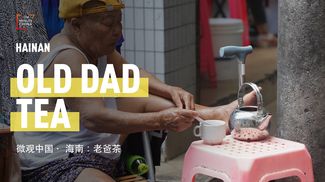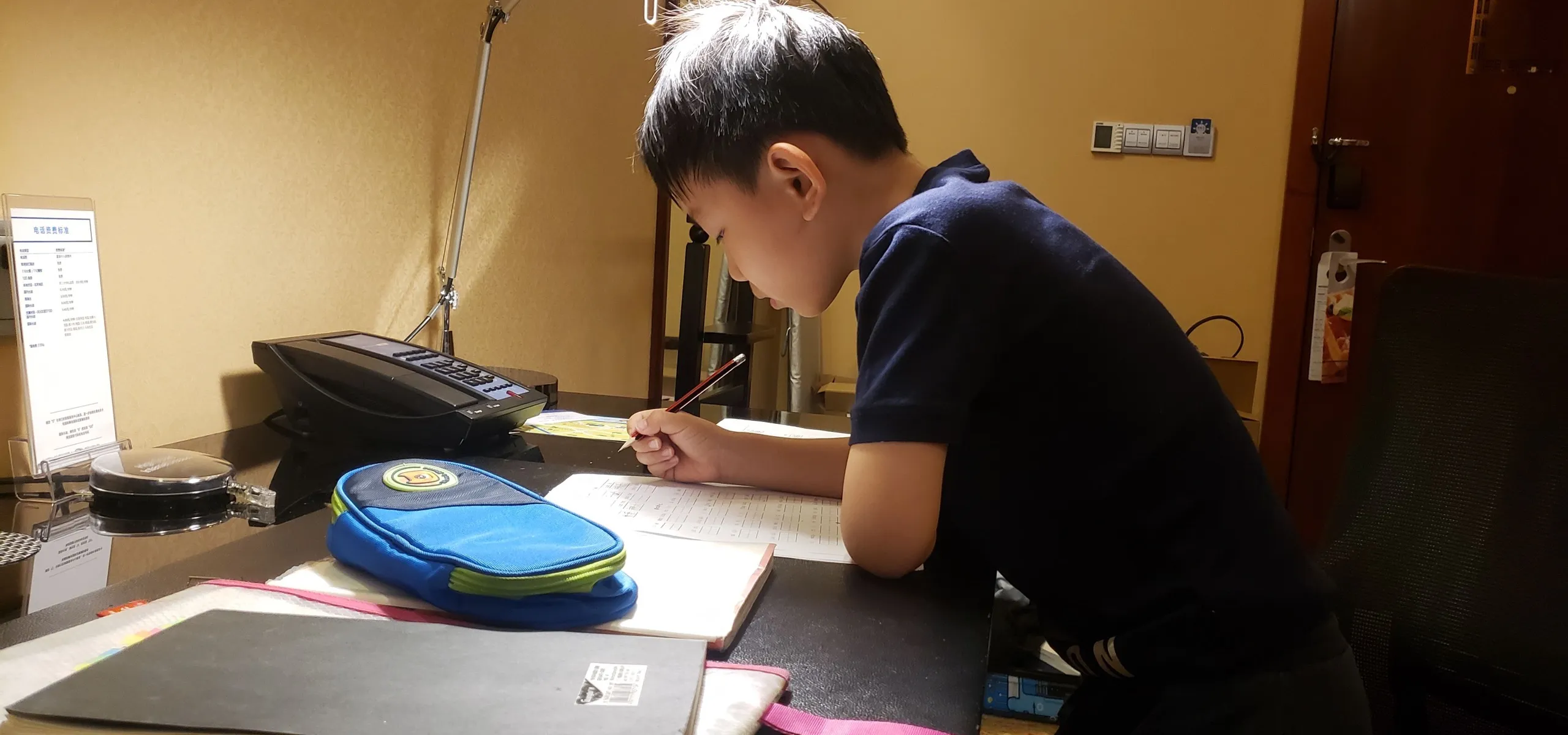What’s it like to have a learning difficulty in an education system focused on tests?
In China, about 5 to 8 percent of school-age children have dyslexia. In other words, one out of every 10 to 20 children may be dyslexic. But this large population is not widely recognized in Chinese society, to the point that many people haven’t even heard of the condition.
In China, dyslexia is sometimes also known as “literacy impairment.” It is a learning disability caused by minor differences in brain function. Typically, children with dyslexia have normal intelligence, but struggle with character recognition, writing, and reading comprehension. In their eyes, words can become an out-of-order, flickering, indistinguishable mass. They often mis-write characters or read slowly. When reading out loud, they may add or omit characters.
For children with dyslexia, words can seem like a pile of indecipherable symbols. The associated difficulties are often a source of strife for dyslexic people and their families.














